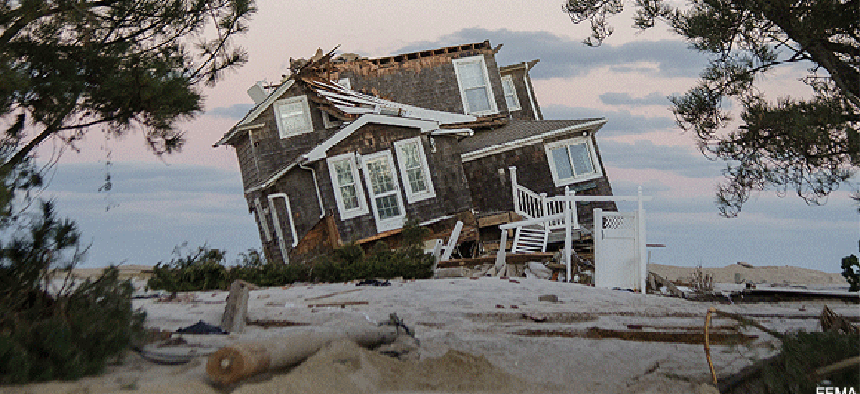In Sandy's wake, NJ town goes to all-wireless phone service


Connecting state and local government leaders
Reflecting a trend toward mobile computing, Mantaloking will be one of the few areas in the country to operate without copper land lines.
NOTE: This article has been updated to correct the spelling of Asbury Park Press.
Hurricane Sandy is continuing to take its toll on New Jersey, with Verizon no longer supporting Mantaloking’s copper-line telephone network.
In lieu of new copper wiring, Mantoloking will be the first New Jersey town, and one of the few areas in the country, to have Verizon Voice Link, which connects wired and cordless telephones to the Verizon Wireless network, reported the Asbury Park Press.
While Verizon says newer wireless and fiber optic networks are more reliable than copper wires, as they are less vulnerable to falling trees or poles, or getting damaged by heavy flooding, in many areas, the copper networks were the only ones operating after Hurricane Sandy, reported Huffington Post last November.
Thousands lost power because of Hurricane Sandy, making access to Internet-based landlines, as well as the ability to recharge cell phones, impossible. At the same time, about a fourth of cell towers were knocked offline, further compounding telephone access. Copper wired phones still worked, however, because the lines carry electricity from the phone companies' offices.
"This storm highlighted that you might want to think twice about removing copper because it provides an alternative source of access," Christopher White, an attorney with the New Jersey Division of the Rate Counsel, which represents consumers on utility issues, said in the Huffington article.
Presumably the reason for this tack is cost savings, combined with the Federal Communications Commission’s deregulation of the industry, which allows network providers such as Verizon and AT&T to step away from supporting their copper telephone networks.
Last November AT&T’s CEO and chairman Randall Stephenson announced it was dropping support for its copper network and DSL lines, Gigaom reported. Instead, AT&T is investing $14 billion over the next three years in its wireless, business services and fiber-to-the-node U-verse product, which make up 81 percent of AT&T’s revenue and collectively are growing at 6 percent a year.
Many American households have already discontinued landline usage, so the moves by Verizon and AT&T may simply accelerate an already occurring trend. According to data from the Centers for Disease Control in an October 2012 report, as of the second half of 2011, 34 percent of U.S. households had only wireless telephones, compared to 10 percent of households having only landlines. In addition, nearly one of every six American homes (16 percent) received all or almost all calls on wireless telephones despite also having a landline telephone.
Tom Maguire, Verizon’s senior vice president of national operations, cited this tendency in Verizon’s decision to no longer support Mantaloking, N.J.’s copper lines. “If you go down the block, there are people that are using other technologies, so I can spend a fortune running copper down there and have nobody use it,” he told APP.
According to Verizon, prices for the Voice Link service will be at or below what the customer was paying previously, and installation is free. The device, which consists of a small box and antenna, plugs into an electrical socket and telephone jack, and also accepts AA batteries or has a rechargeable battery pack if there is a power outage. Three AA batteries provide 36 hours of standby time. Thirty customers have signed up so far, reported APP.
“It acts just like a regular phone,” Maguire said. “There’s a dial tone. It has 911 capability, so if you dial 911 the emergency services guys are going to know exactly where you are.”
However, although commercial tools for determining the location of mobile phones being used indoors show “significant promise,” they are not yet good enough for first responders to depend on them when answering 911 calls, according to a Federal Communications Commission study.
Other demographics potentially affected by all-wireless service include the poor and rural residents, both of which have limited access to broadband, either due to network availability or cost.
The FCC’s Eighth Broadband Progress Report found that 19 million Americans -- 6 percent of the population -- lack access to basic broadband, as do one-fourth of rural populations and one-third of tribal populations. An additional 100 million Americans who do have broadband access don’t subscribe because of the cost.
On May 4, the Agriculture Department announced new broadband funding grant rules to better target unserved rural communities.

NEXT STORY: HHS goes open source to build better, more powerful website




